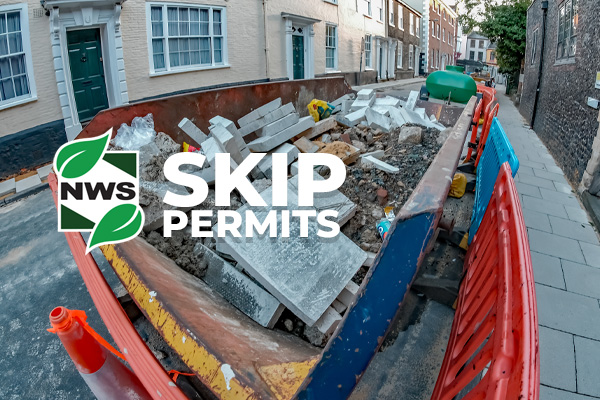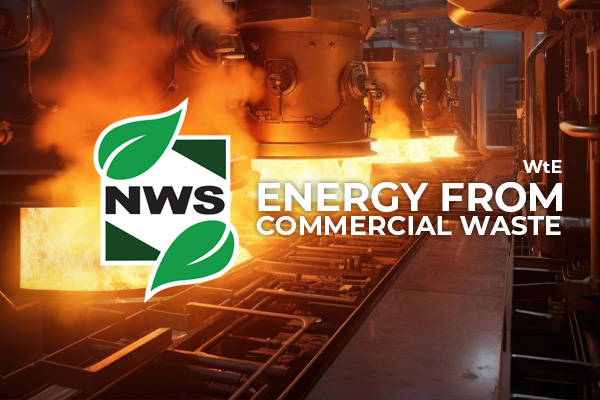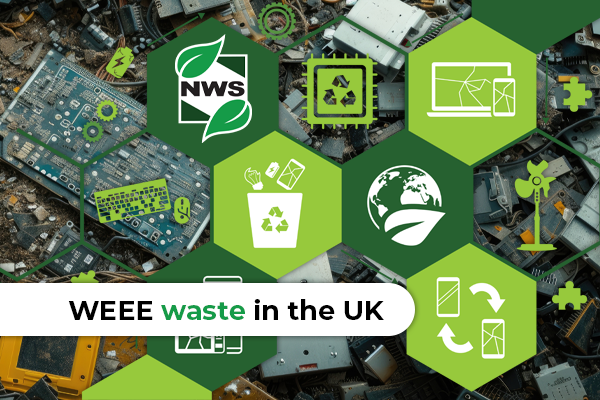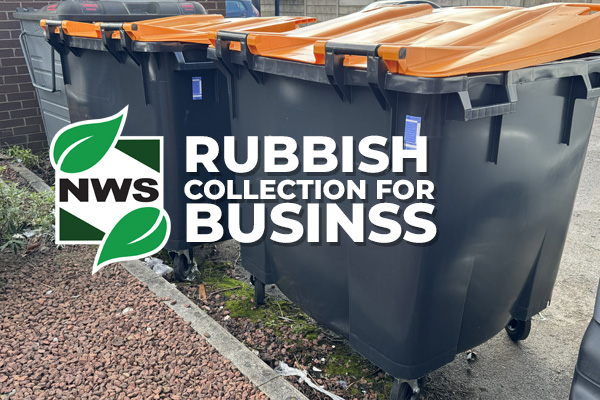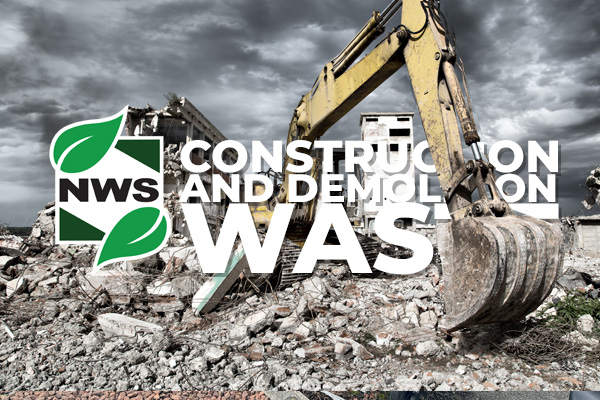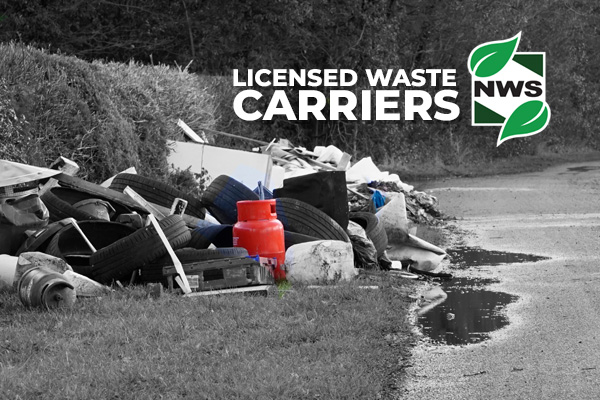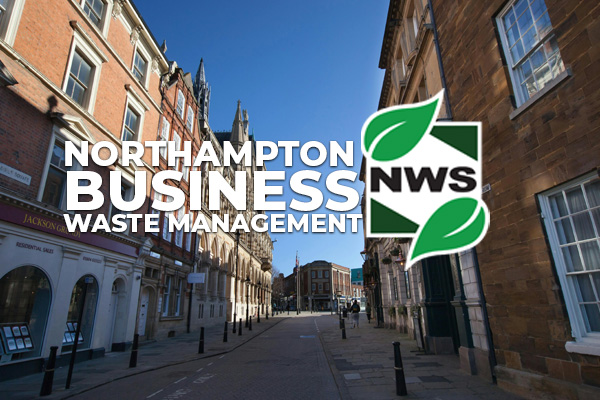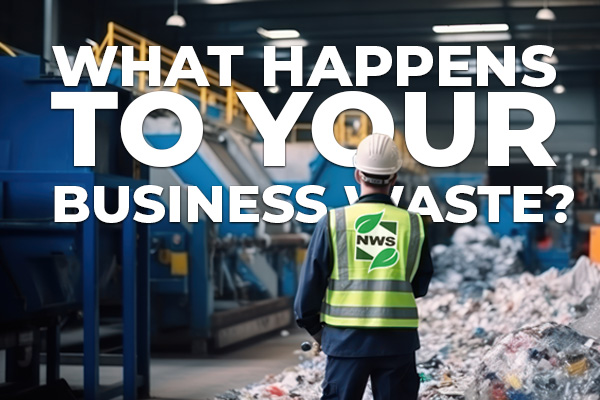The 1100-litre bin format is a commonly used container for commercial waste management in towns and cities across the UK. This size is chosen for its capacity to handle significant volumes of waste generated by various types of businesses. Ranging from small shops to large industrial facilities. Understanding why this size is preferred, its intended use. And the ergonomics associated with it is crucial for businesses to effectively manage their waste disposal needs.
Why the 1100 Litre Business Bin Size?
- Capacity: The primary reason for selecting the 1100-litre bin size is its large capacity. This size is suitable for businesses that generate substantial amounts of waste on a regular basis, such as supermarkets, restaurants, hotels, and manufacturing facilities. It provides ample space to accommodate the volume of waste produced without requiring frequent emptying.
- Efficiency: Using larger bins reduces the frequency of collections, resulting in cost savings and increased efficiency for waste management providers. Businesses benefit from fewer disruptions to their operations and reduced logistical requirements for waste disposal.
- Space Optimization: Despite its large capacity, the 1100-litre bin is designed to minimize the footprint required for storage. Its dimensions are optimized to fit within commercial premises, such as loading docks, service areas. Or designated waste storage enclosures, maximizing space utilisation.
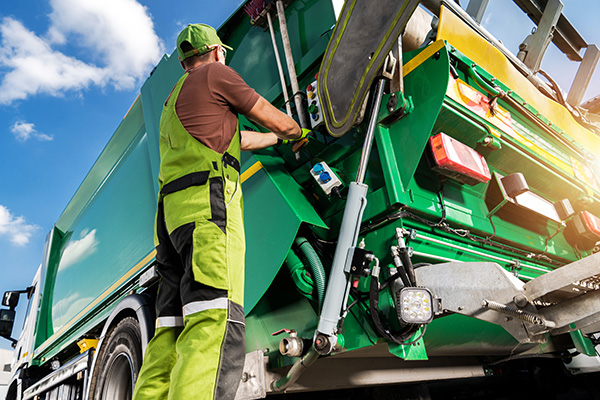
Intended Use:
The 1100 Litre Business Bin is intended for the disposal of general waste. Including non-recyclable materials such as packaging, food waste, and other disposable items commonly generated by commercial activities. It serves as a centralized collection point for waste generated within the premises, facilitating efficient handling and disposal.
1100 Litre Business Bin Ergonomics:
- Accessibility: The design of the 1100-litre bin ensures ease of access for waste disposal. It features wide openings and low entry points, allowing users to deposit waste without exerting excessive effort or risk of injury. This accessibility is essential for employees tasked with waste disposal duties.
- Manoeuvrability: Despite its size, the 1100 Litre Business Bin is equipped with wheels for ease of manoeuvrability. This feature enables waste handlers to transport the bin to and from collection points with minimal physical strain, enhancing operational efficiency.

The 1100-litre bin is suitable for disposing of a wide range of non-recyclable waste materials commonly generated by commercial premises, including:
- Packaging materials (cardboard, plastic packaging)
- Food waste
- Paper
- Disposable utensils and containers
- General refuse
The collection process for waste from 1100-litre bins typically involves specialized waste collection vehicles. These are known as rear-end loaders or refuse collection vehicles (RCVs). These vehicles are equipped with hydraulic lifting mechanisms and compactors to efficiently collect and compress waste from large bins. When a collection is scheduled, the RCV manoeuvres to the designated collection point, where the operator activates the hydraulic lifting mechanism. The mechanism grabs hold of the bin and lifts it, tipping its contents into the rear compartment of the vehicle. Once the waste is deposited into the vehicle, the compactor compresses it to maximize the vehicle’s carrying capacity. After completing the collection route, the RCV transports the waste to appropriate disposal facilities. Such as landfill sites or recycling centres. Here the business waste undergoes further processing or disposal according to waste management regulations and practices.
What Can Be Placed In It and What Can’t:
Certain items should not be placed in the 1100-litre bin. This is due to safety, regulatory, or environmental concerns, including:
- Hazardous materials (chemicals, batteries, fluorescent tubes)
- Liquid waste (oil, paint, solvents)
- Electronic waste (computers, monitors, printers)
- Bulky items (furniture, appliances)
Businesses should ensure compliance with waste disposal regulations and guidelines to avoid contamination, environmental harm, or fines associated with improper waste disposal practices.
The 1100-litre bin format is a practical solution for commercial waste management in urban areas of the UK. Its large capacity, efficiency, and ergonomic design make it suitable for businesses of various sizes and industries. Understanding its intended use, ergonomics, and limitations is essential for businesses to effectively manage their waste disposal needs. Additionally, adhering to regulatory requirements and environmental best practices.
Other Reading: Commercial Bin Sizes (NWS)
